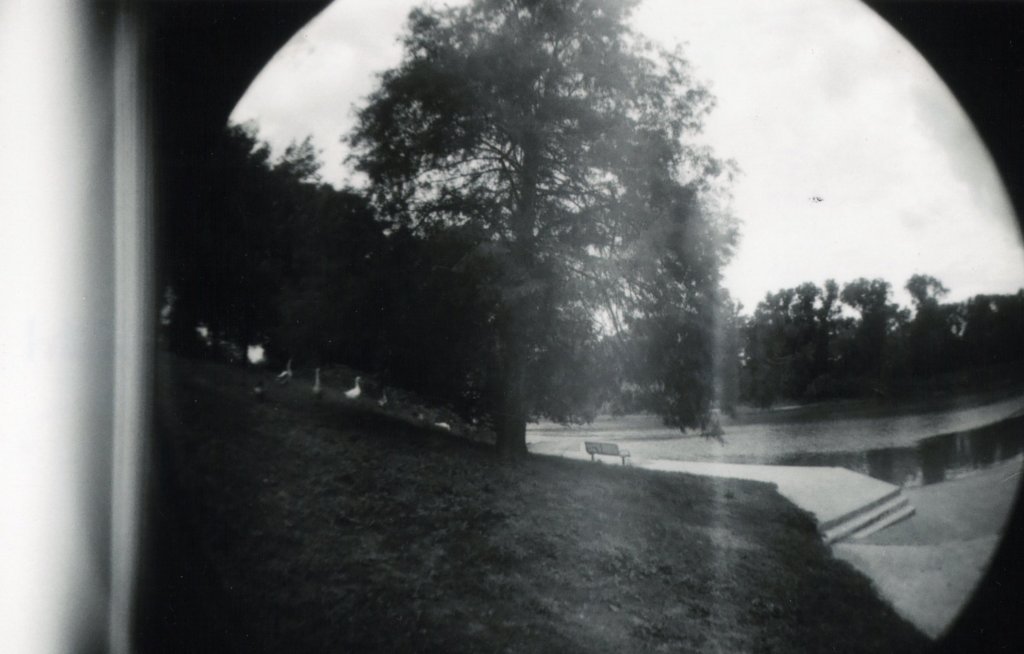A story by Leo Gonzales

Image: Untitled by Leo Gonzales
I. A graphic designer offers their expertise in designing the scenery of a virtual exhibit. Questions are asked upon hire and answers are given, and in one year’s time each detail of each room is given a certain angle that offers a light orb. Upon hiring of the project, the programmer is given half the payment due. The programmer makes sure the light on the orb typically shines on the paint of the mantle in the old rooms as much as possible, and dimmer in the newer rooms to calm the modernity of interior design.
II. There is an old-fashioned digital room designated for classic works as well as several rooms that present newer works. In the classical room, historic paintings and photographs of old statues are carefully curated; to compliment a lull period in seemingly hard times as well as actual hard times. The graphic designer’s hirer enjoys the physical nature of the art in relation to the lighting. The programmer falls asleep to the room’s overnight allure with the artist’s works being carefully lit, just a test run to see if the program runs well in the event a visitor wants to stay for an abnormal length of time.
III. The graphic designer decides to make one room a simple lesson on color ranging from the basics of the color wheel to the process of color grading in the editing process. The programmer continues to work alone and creates a computer within the learning center that offers an in-house program that allows you to edit a handful of photos of flowers. The programmer’s limited knowledge results in a mandatory hire of a professional photographer who offers their advice on essentials of what a potential passerby should know; offering a series of gradient backdrops that can be edited, altered and amplified.
IV. When one room appears to go wrong, the programmer mistakenly says to the hirer that they are actually surprised only one thing went wrong in the process. There are a series of paintings and a centerpiece statue on the architecture of a compass. Upon entering the room, the reception disconnects. The amount of data and quality expected for the lighting, the artist’s depiction and the idea of movement creates a daunting task. Upon the opening of the exhibit, interesting avatars enter and exit the room and the graphic designer considers themselves a moderator. As the graphic designer oversees the exhibit’s completion, an excited nervousness fills the actual room they are in and consistency proves the exhibit’s reliability. The second half of the payment is given once the hirer is comfortable with how many visitors and how many days the virtual exhibit has been open.
V. As new visitors enter, avatar comments on use of color are tossed around, as well as a few derogatory
insults. The exhibit programmer decides to showcase a few contemporary pieces and is pleased by the accompaniment of an absurdism gallery as well as a few purposeful pieces on slavery. The programmer
recalls coding how the avatars walk, and decides to follow one avatar into a room that is about the literalness of a beehive. A wall and a half of the room is covered in actual photos of bee fuzz at several angles and the programmer remembers considering whether to add an inadvertent reaction when they stop moving, or whether to give the avatar’s controller the ability to react on its own. The programmer continues to follow the avatar throughout the exhibit, into the room of classical paintings where purposeful pieces on slavery are, and they continue to wonder on how possibly could an avatar react on its own to something in regards to how long they choose to be in the room. And they follow the avatar into the main foyer hall where they wait as if a doorman.
This work was featured in issue #11

